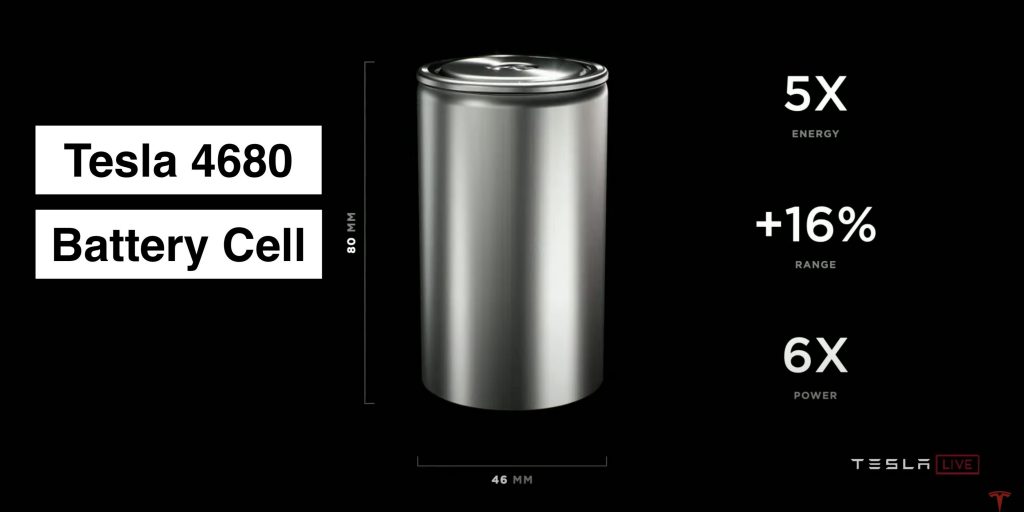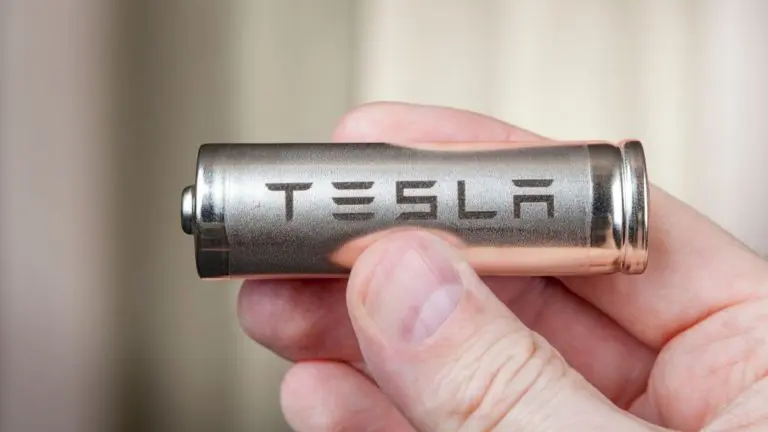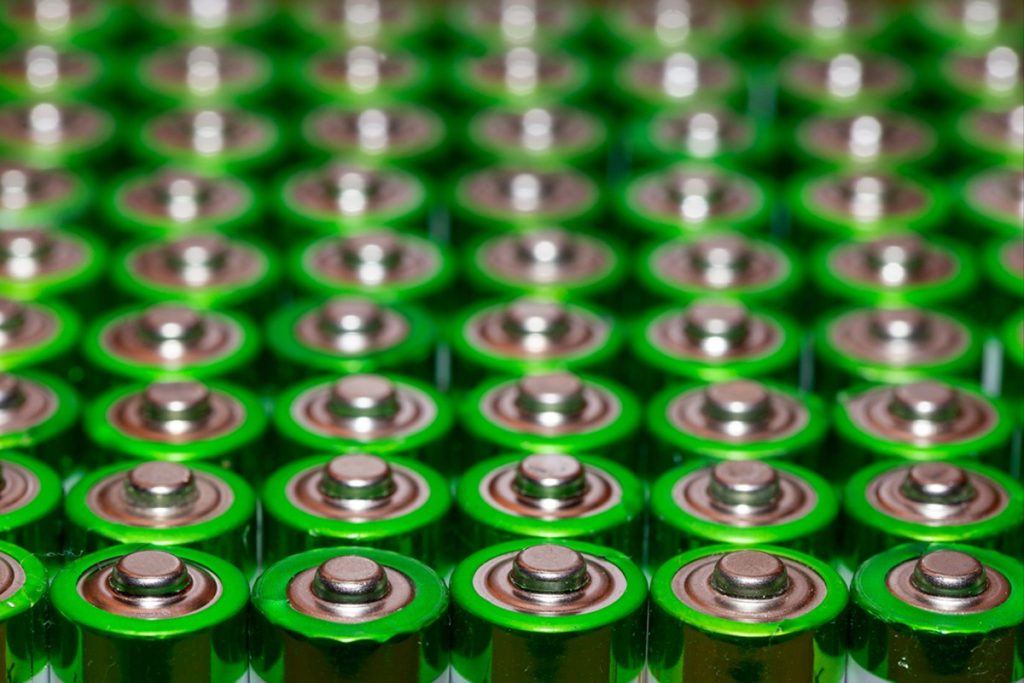Impact Report of Telsa was delivered this week, wherein the electric vehicle (EV) automaker claims it has the ability to recuperate around 92% of battery cell materials because of continuous enhancements to its reusing cycle.
Recycling firms have been engaged for quite a long time to work on its ability of end-of-life battery reusing. By undertaking this activity, Telsa desires to control the ecological price of mining materials, such as cobalt required for the batteries — one of the central matters EV worrywarts raise when contending against the technology.
Since its beginning, Tesla has been mindful of the natural effect of battery creation. A new IVL report, for instance, expressed that lithium-particle battery creation emanates between 61-106 kilos of carbon dioxide counterparts each kilowatt-hour battery limit delivered. That is the reason further developing its reusing measures has been a high-need objective for the firm besides different objectives, for example, further developing driver wellbeing with its full self-driving programming. Truth be told, Tesla fellow benefactor and CTO JB Straubel quit the organization in 2019 to establish an EV battery reusing firm called Redwood Materials.

As Tesla brings up in its report, the “Tesla battery pack is intended to outlive the actual vehicle. Along these lines, scarcely any Tesla batteries, including the ones in nine-year-old Model S vehicles, have been changed.” Therefore, Tesla says that its battery processing plants have started consolidating an “in-house, shut circle reusing framework that will guarantee 100% of Tesla batteries are reused in addition to 92% of their crude metals.”
In the report, Tesla affirms that it launched the initial phase of its cell reusing office at Gigafactory Nevada in the final quarter of 2020. In addition, the firm clarifies that the office brings the universe of EVs a bit nearer to battery reusing at a larger level.

The EV automaker likewise recommended that the innovation will before long be executed in its Gigafactory in Germany. “As the maker of our in-house cell program, we are best situated to reuse our items productively to augment key battery material recuperation,” Tesla clarifies. “With the execution of in-house cell producing at Gigafactory Berlin-Brandenburg and Gigafactory Texas, we expect generous expansions in assembling scrap worldwide.”
Generally speaking, Tesla will probably foster a protected, minimal expense reusing measure with high recuperation rates and a low natural effect. In its report, it likewise said, “we hope to perceive critical investment funds over the long haul as the expenses related with enormous scope battery material recuperation and reusing will be far lower than buying extra crude materials for cell producing.”

Tesla likewise delivered figures on the particular measure of materials it reused from battery packs in 2020. It expressed that it reused 1,300 tons of nickel, 400 tons of copper, and 80 tons of cobalt. Dissimilar to Tesla CEO Elon Musk’s new u-turn on cryptographic money instalments, betraying battery advances isn’t an alternative now, implying that the goal is to reuse batteries globally.


